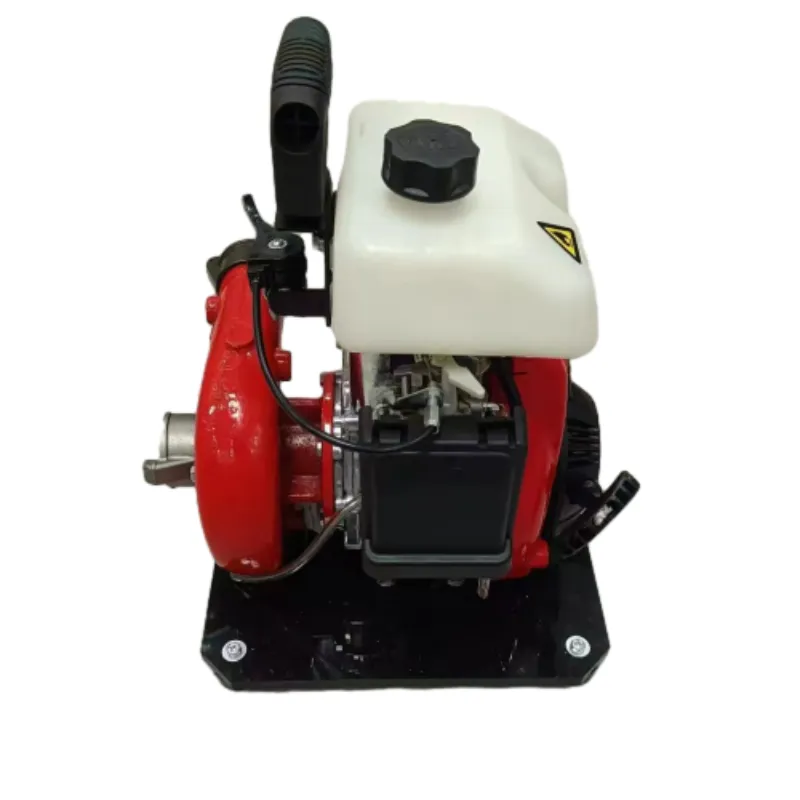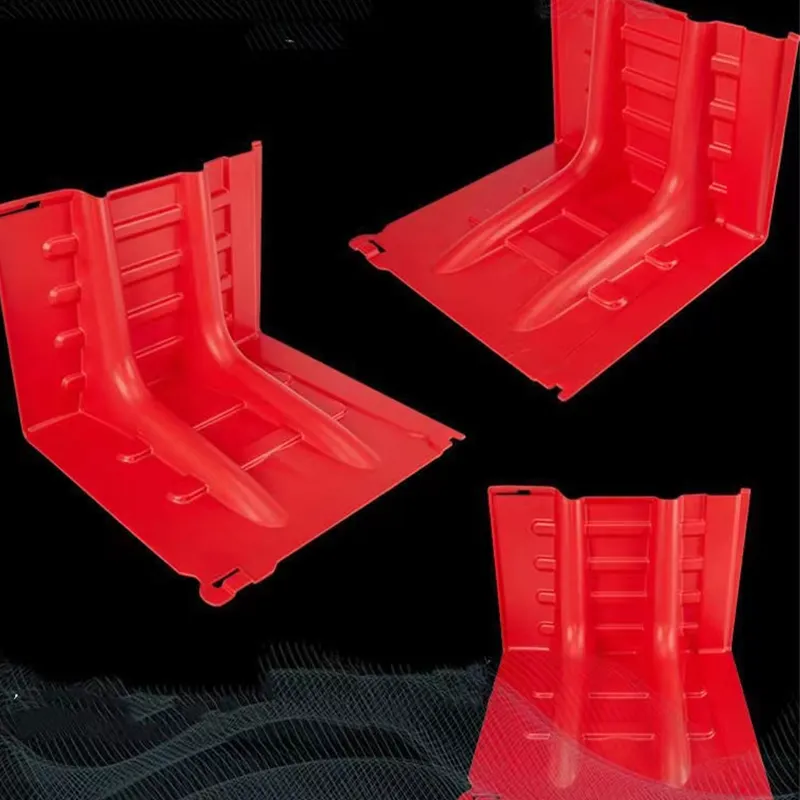

Ram bars, designed for brute strength, provide first responders with the necessary force to break through fortified barriers. Unlike other tools that require specific techniques, ram bars rely on sheer power. This simplicity in design and function ensures effectiveness even under the most chaotic conditions. Their construction, often from heavy-duty steel, reflects a commitment to durability and operational trustworthiness, essential for unpredictable environments. Bolt cutters, while not often glamorized, hold a pivotal role in forcible entry applications. Their primary use includes cutting through chains, padlocks, and other metal barriers that may obstruct access. The experience shared by professionals using bolt cutters shows that these tools are indispensable when dealing with metallic obstacles, providing a clean and efficient solution. The ability to quickly neutralize metal barriers speaks to their continuing importance and efficacy in an ever-evolving landscape of security challenges. Finally, hydraulic forcible entry tools represent the cutting edge of technology in emergency response equipment. These tools, often motorized, offer precision and unmatched power, enabling access through the toughest of reinforcements. The expertise required to operate them speaks to their specialized nature, often reserved for the most critical of missions. Their ability to deliver results with minimal manual effort highlights a future-forward approach to forcible entry, prioritizing user safety and operational efficiency. Understanding these tools, backed by real-world experience, expertise, and an unwavering commitment to safety, prepares professionals to tackle the unpredictability of emergency scenarios effectively. By ensuring each tool is used correctly and maintained properly, first responders can ensure they are best equipped to handle the challenges they face on duty. This understanding fosters trust, not only in the tools themselves but in the individuals and agencies that wield them, reinforcing the critical importance of forcible entry tools in safeguarding communities around the world.





























